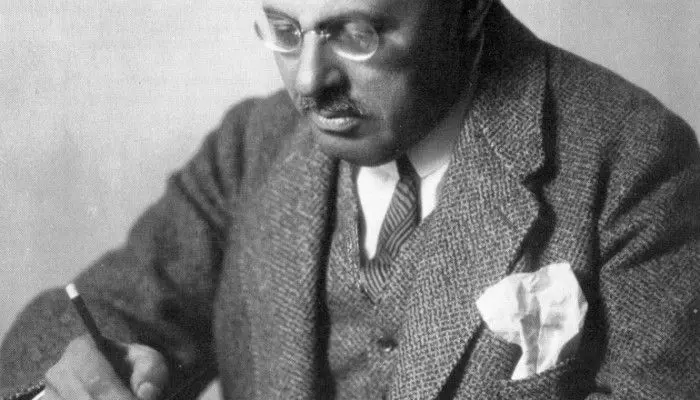Laccio Table Small
30-Tage-Geld-zurück-Garantie
Versand: 2-3 Geschäftstage
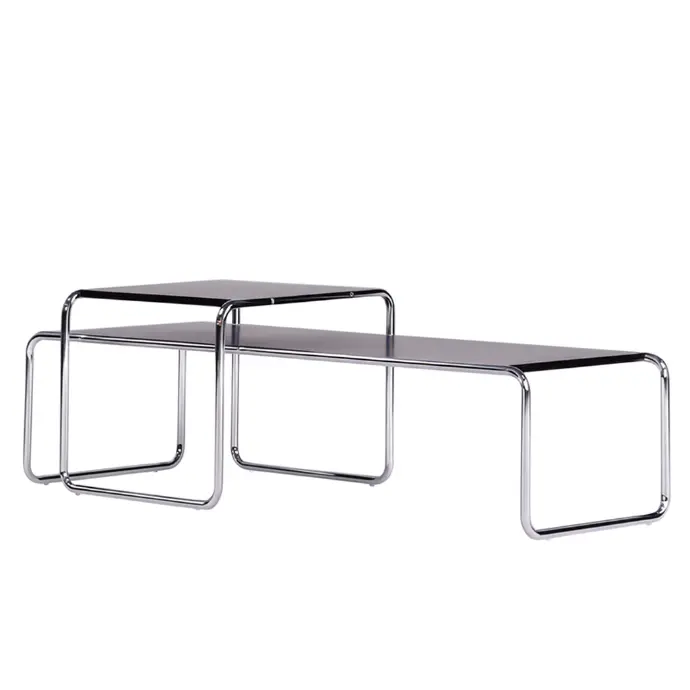
Produktdetails
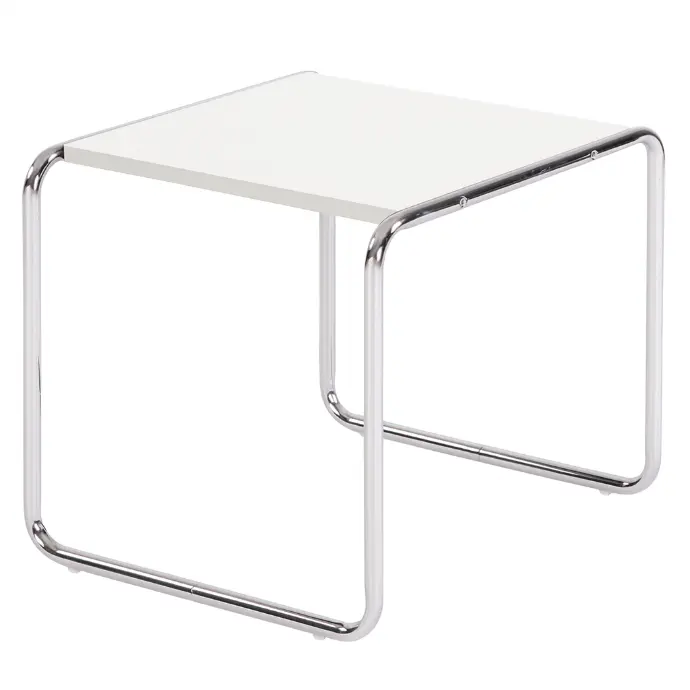
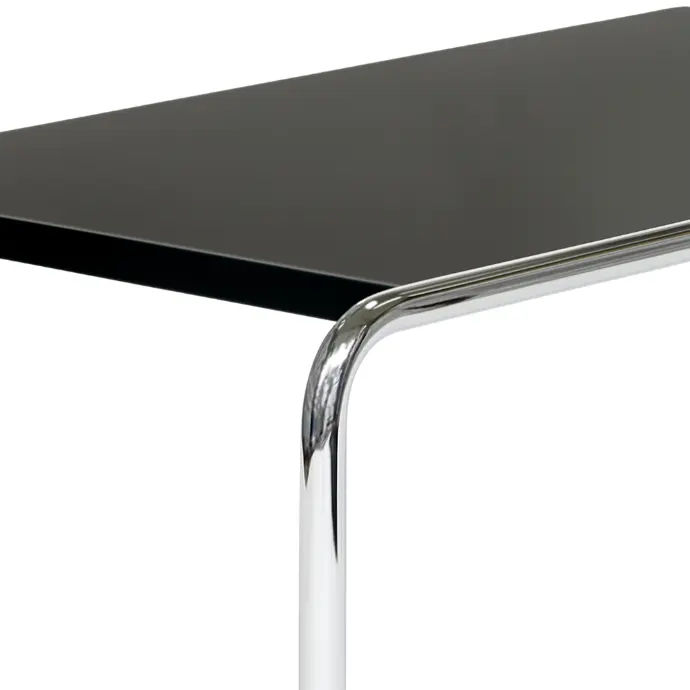
With its generous surface area, the table is well-suited for living spaces, lounges, or offices. Its laminated top is resistant to everyday use and easy to clean. Despite its size, the cantilevered tubular steel construction keeps the table lightweight and easy to reposition. The geometric form integrates seamlessly with modern interiors and pairs harmoniously with the Laccio Side Table.
Komfort & Funktionalität
The frame is precision-bent from tubular steel with welded joints for strength and rigidity while maintaining a lightweight structure. The extended tabletop is securely mounted on the frame to ensure stability and long-term dimensional accuracy. Smooth, rounded tube edges contribute to safety and reduce wear over time.
Materialien & Oberfläche
The Laccio Coffee Table features a tubular steel frame with a polished chrome finish that is resistant to scratches and corrosion. The large rectangular tabletop is crafted from high-pressure laminated wood, lacquered in black or white, providing a sleek and durable surface. The material pairing highlights the Bauhaus philosophy of simplicity and clarity of form.
Konstruktion
Größe und Verpackung vom Produkt
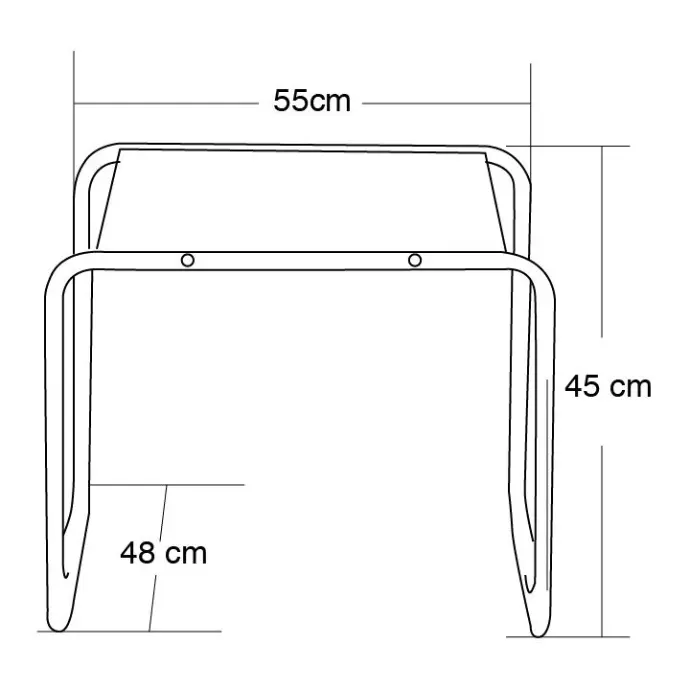
Produkt Abmessungen
Sitz muss auf das Gestell geschraubt werden

Karton Abmessungen
verpackt in 1 Karton
Available Color Options
The tabletop consists of high-pressure laminated wood with a lacquered surface, providing scratch resistance, stability, durability, and easy cleaning.

Black
Color

White
Color
Marcel Breuer
Marcel Breuer (1902–1981) was a Hungarian-born modernist architect and designer, celebrated as one of the most influential figures of the Bauhaus movement. Trained at the Bauhaus in Weimar, he quickly rose to prominence with his innovative use of tubular steel in furniture, most notably the Wassily Chair (1925). Breuer later emigrated to the United States, where he taught at Harvard and worked with Walter Gropius. His architectural career produced iconic works such as the UNESCO Headquarters in Paris and the Whitney Museum in New York. Breuer’s rational, functional approach shaped modern design and continues to inspire architecture worldwide.
?unique=5abc9eb)
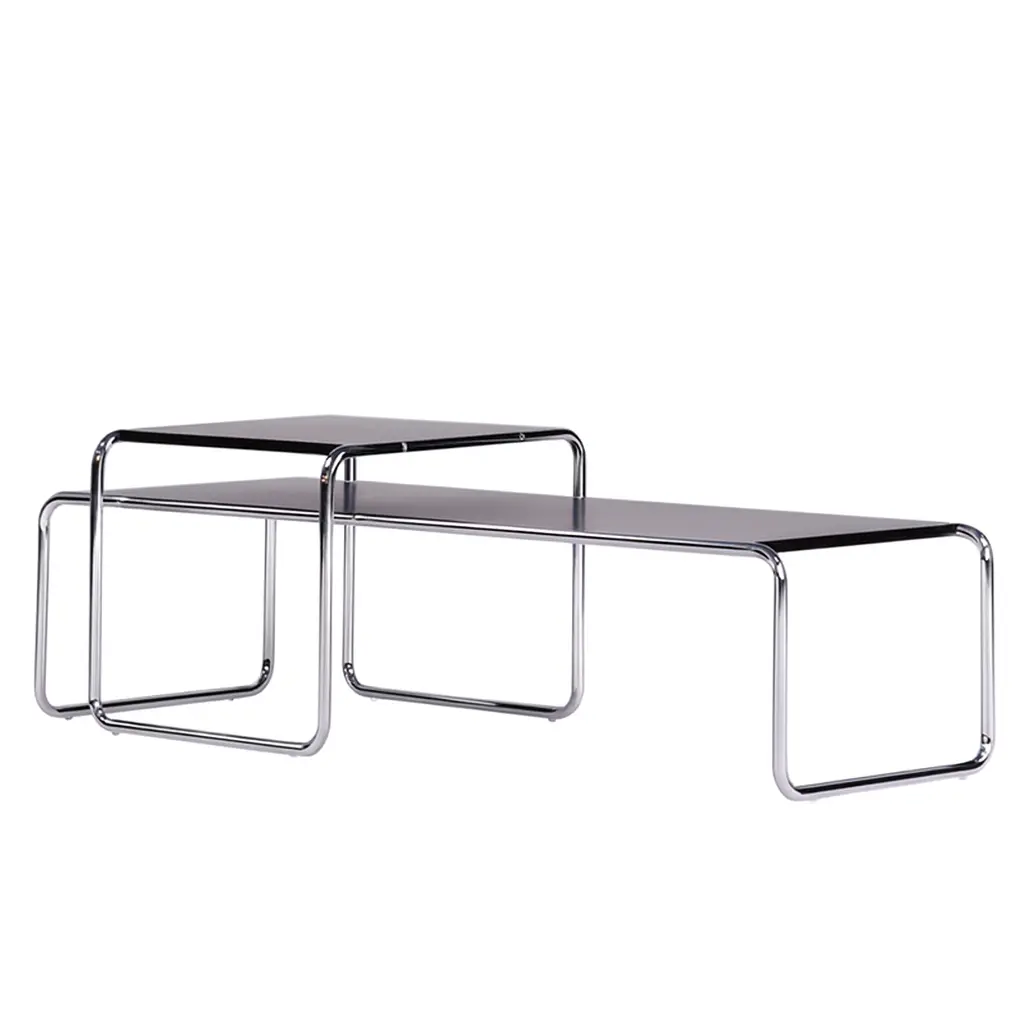
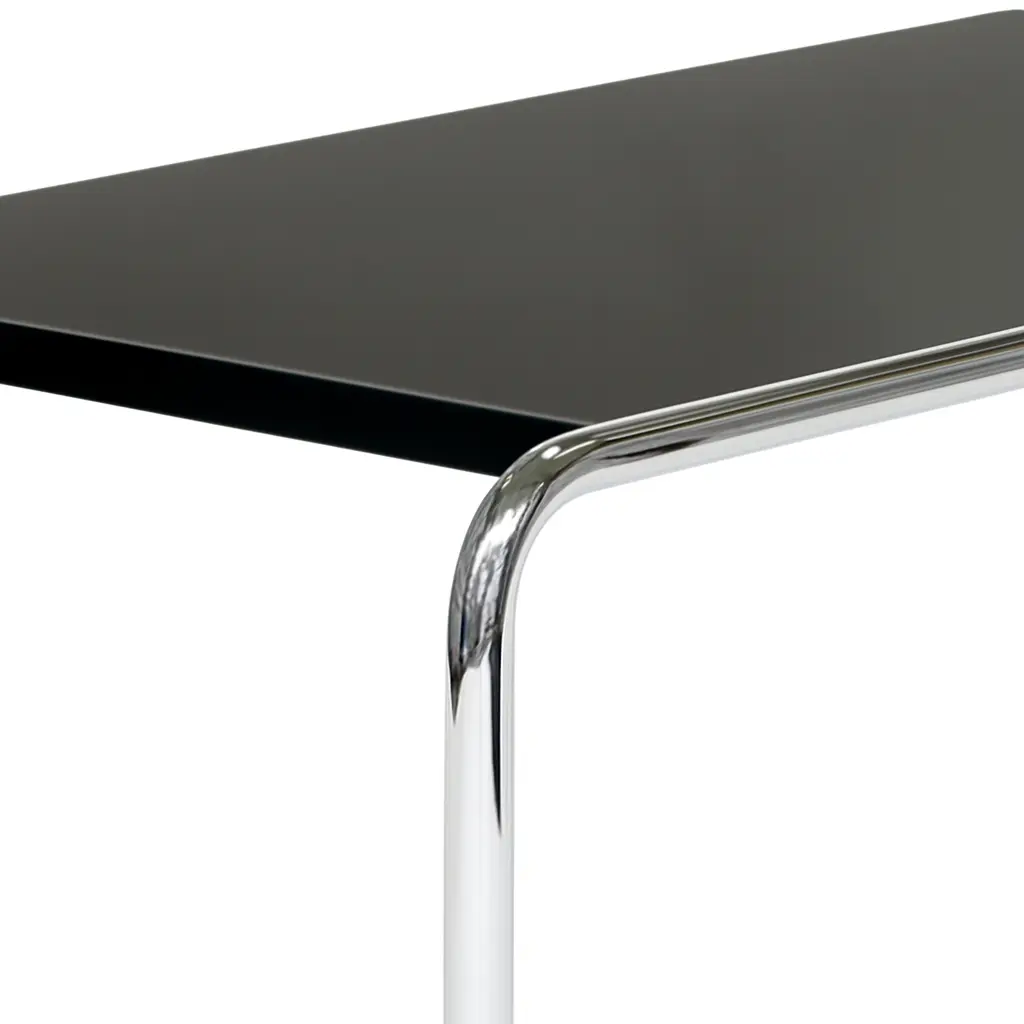
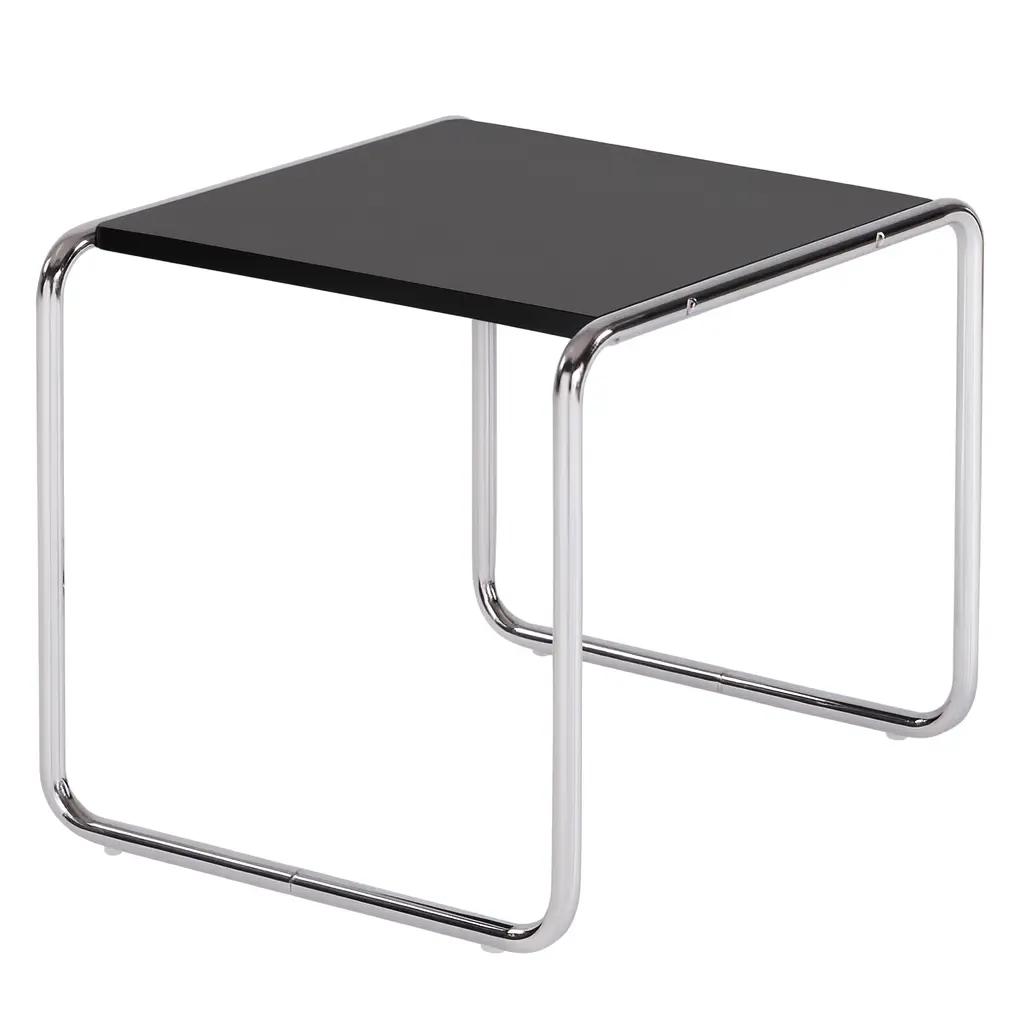
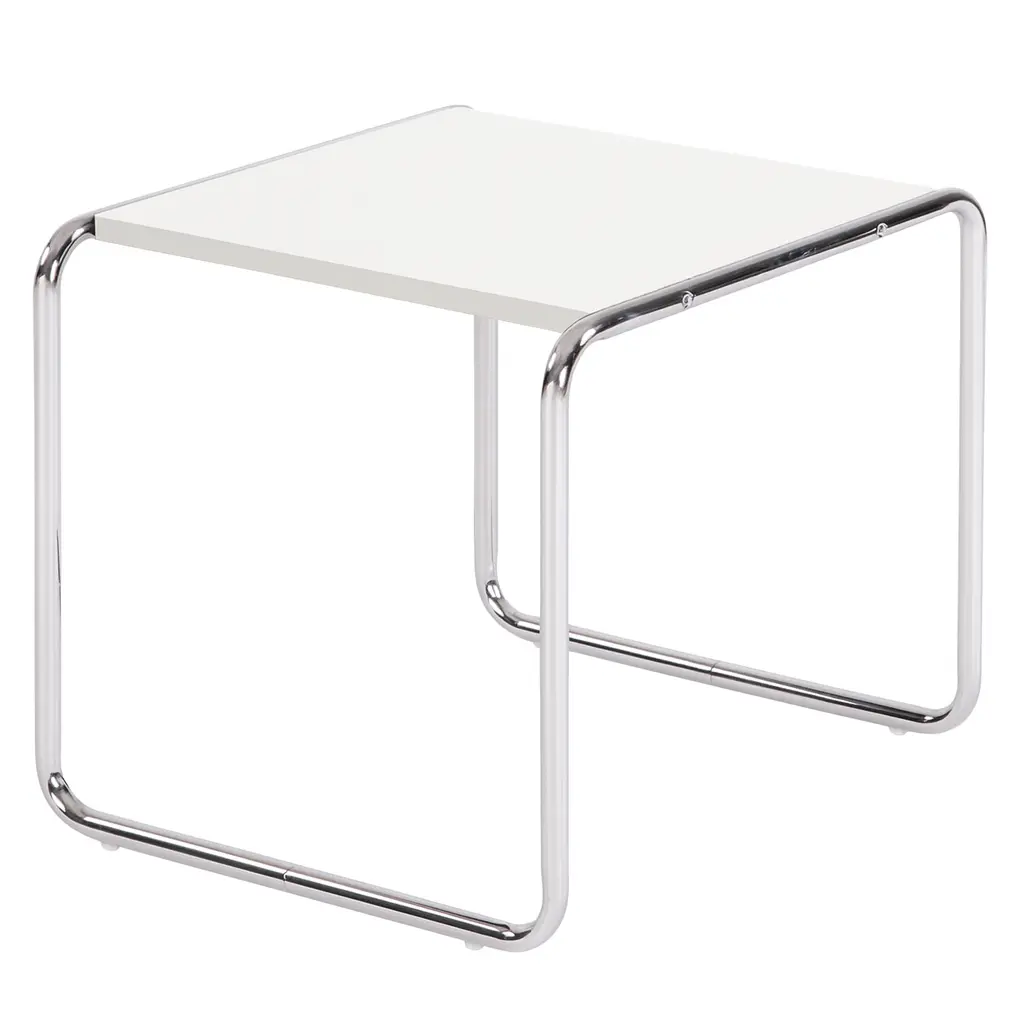
?unique=5abc9eb)




